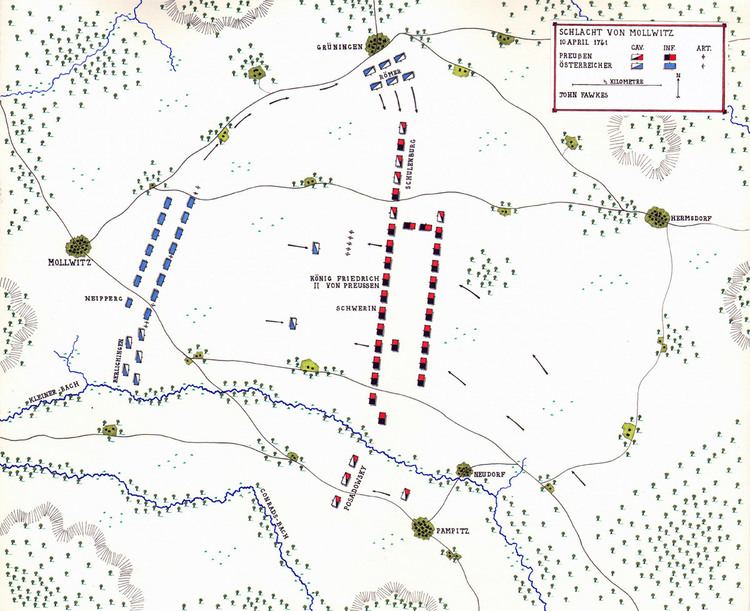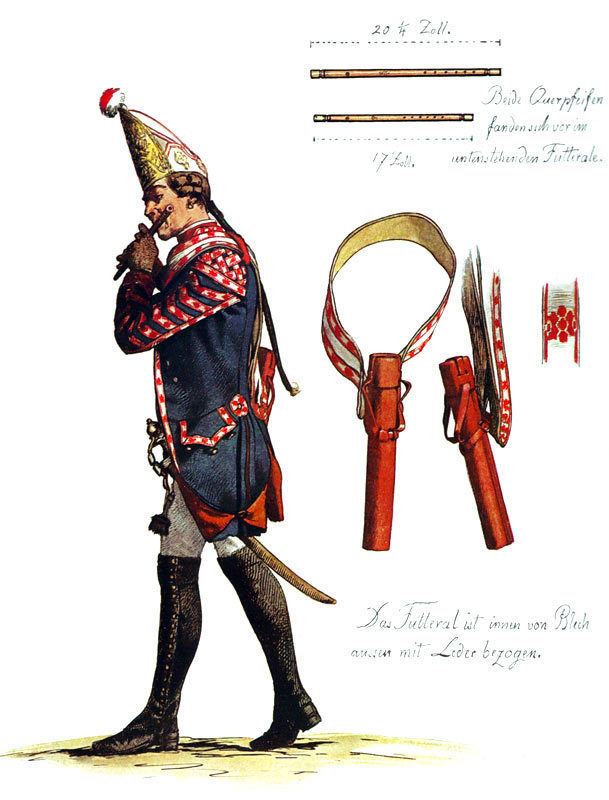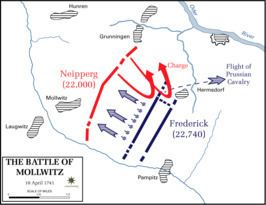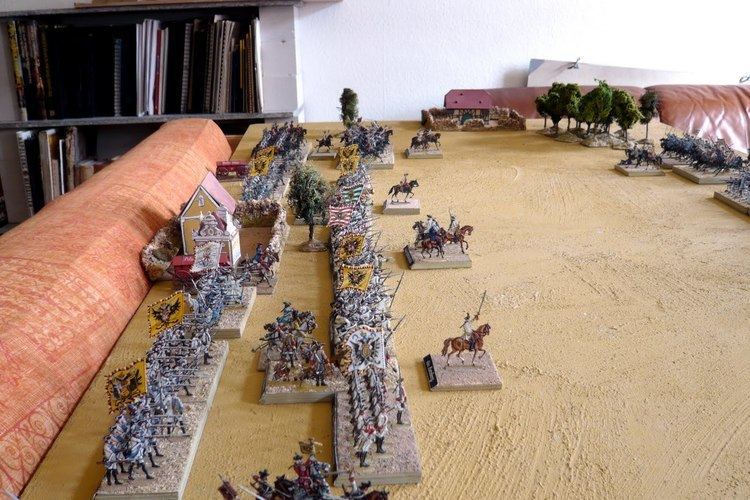21,600 19,000 Result Prussian victory | Date 10 April 1741 | |
 | ||
4,850 dead, wounded or missing/prisoners 4,550 dead, wounded or missing/prisoners Similar Battle of Chotusitz, Battle of Hohenfriedberg, War of the Austrian Succession, Battle of Soor, Silesian Wars | ||
1741 lego battle of mollwitz war of austrian succession
The Battle of Mollwitz was fought by Prussia and Austria on 10 April 1741, during the early stages of the War of the Austrian Succession. It was the first battle of the new Prussian King Frederick II, in which both sides made numerous military blunders but Frederick the Great still managed to attain victory. This battle cemented his authority over the newly conquered territory of Silesia and gave him valuable military experience.
Contents
- 1741 lego battle of mollwitz war of austrian succession
- Battle of mollwitz
- Background
- The march north
- Prussian preparations
- Austrian preparations
- Battle
- Aftermath
- References

Battle of mollwitz
Background

After the accession of Maria Theresa of Austria to the Kingdoms of Bohemia and Hungary, Frederick II saw an opportunity to invade and annex the province of Silesia (then under the Czech Crown). He took Silesia by storm and occupied almost the entire province. His troops settled into winter quarters and were expecting an easy land grab, but Maria Theresa sent an army of about 20,000 men led by Wilhelm Reinhard von Neipperg to take back the province and assert herself as a strong monarch.
The march north

Neipperg's army caught Frederick II completely off guard as he lingered in the province, and surged northwards past Frederick and his army to relieve the city of Neisse, which was being besieged by a small Prussian force and had not yet fallen. Both Neipperg and Frederick rushed northwards in parallel columns, in a race to reach the city first. In atrocious weather, Neipperg reached Neisse first and set up camp there. Frederick II and his entire army were now caught behind enemy lines with a large Austrian force lying between him and the rest of his kingdom and his supply and communication lines cut off. Both sides knew that battle was now inevitable.
Prussian preparations

Captured Austrian soldiers told Frederick the exact position of Neipperg's forces at Mollwitz, and the morning fog and snow allowed Frederick's army to advance undetected to within 2000 paces of Neipperg's camp. Most commanders would then have given the order to charge the camp and rout the Austrian army, but since Frederick had never fought a campaign or a battle before, he instead decided to deploy his army in a battle line. There was very heavy snow on the ground which caused snow-blindness, and Frederick miscalculated the distance to the river on his right. He deployed several of his units behind a bend in the river where they could take no part in the battle, and several more units were deployed perpendicular to his two battle lines on the right flank. It is said that Schwerin commented early on that Frederick miscalculated the distance, but he was ignored.
Austrian preparations

Neipperg was in a bad situation when he discovered Frederick's entire army on his doorstep by simply looking out of his window. Not only were most of his soldiers still sleeping, but his entire army was facing to the north-west, away from the Prussians. The Austrian army was waking up, desperately rushing from its camp and trying to form into a cohesive fighting force. By around 1 pm, both sides had formed lines of battle and were ready to engage.
Battle
The Prussian forces advanced on the Austrian line in two sections, but six regiments of Austrian cavalry, numbering 4,500 to 5,000 men and horses, crashed into the cavalry on the right wing of the Prussian Army and shattered it. This left the Prussian flank open to attack, and the Austrian cavalry then turned on the unprotected infantry. Schwerin, the Prussian military commander under Frederick, now advised Frederick II to leave the battlefield because it looked as though the Prussian army was about to be defeated, and the king heeded this warning. Abandoning the field, he was nearly caught and almost shot. Many historians believe that Schwerin advised Frederick to leave so that Schwerin could take command of the troops himself: he was a veteran general. The scene was chaotic: the perpendicular infantry units deployed between the two Prussian lines were fleeing or firing on other Prussian troops as the Austrian cavalry drove into their flank, but at some point the Prussian infantry, drilled and trained to perfection under Frederick William I, began spontaneously turning right and firing volley after volley at the Austrian cavalry, causing tremendous losses. The leader of the Austrian cavalry, General Römer, received a fatal shot to his head from a Prussian musket ball. With the leaders of both wings dead, an officer asked Schwerin where they should retreat to. Schwerin famously replied, "We'll retreat over the bodies of our enemies", and soon restored the situation on the Prussian right wing. A second Austrian cavalry attack on the left side was beaten back and Schwerin ordered a general advance of all Prussian forces. The Prussian infantry soon engaged the Austrian battle line. They were some of the most well-drilled infantry of the period, and could fire 4-5 shots a minute with their flintlock muskets, seriously outgunning their opponents. Soon the Austrians were routed from the field and Frederick the Great stood victorious.
Aftermath
The victory was due to Field Marshal Schwerin. The Prussian king had fled from the battlefield when the Austrians seemed to be winning. Frederick the Great later swore never again to leave his troops behind in battle, and he kept this promise faithfully until his death in the late 18th century. He annexed the province of Silesia from Austria and learned a number of valuable lessons from Mollwitz. He is quoted as saying, "Mollwitz was my school". Frederick had made several mistakes but his army still won the battle due to their superior training. From now on he was committed to aggression, and geared his entire army towards an aggressive approach. He gave a standing order that his cavalry commanders would never receive a cavalry charge standing still. He greatly increased the use of light cavalry, Hussars, who would act as skirmishers and scouts. Afterwards he is quoted as saying, "The Prussian army always attacks."
